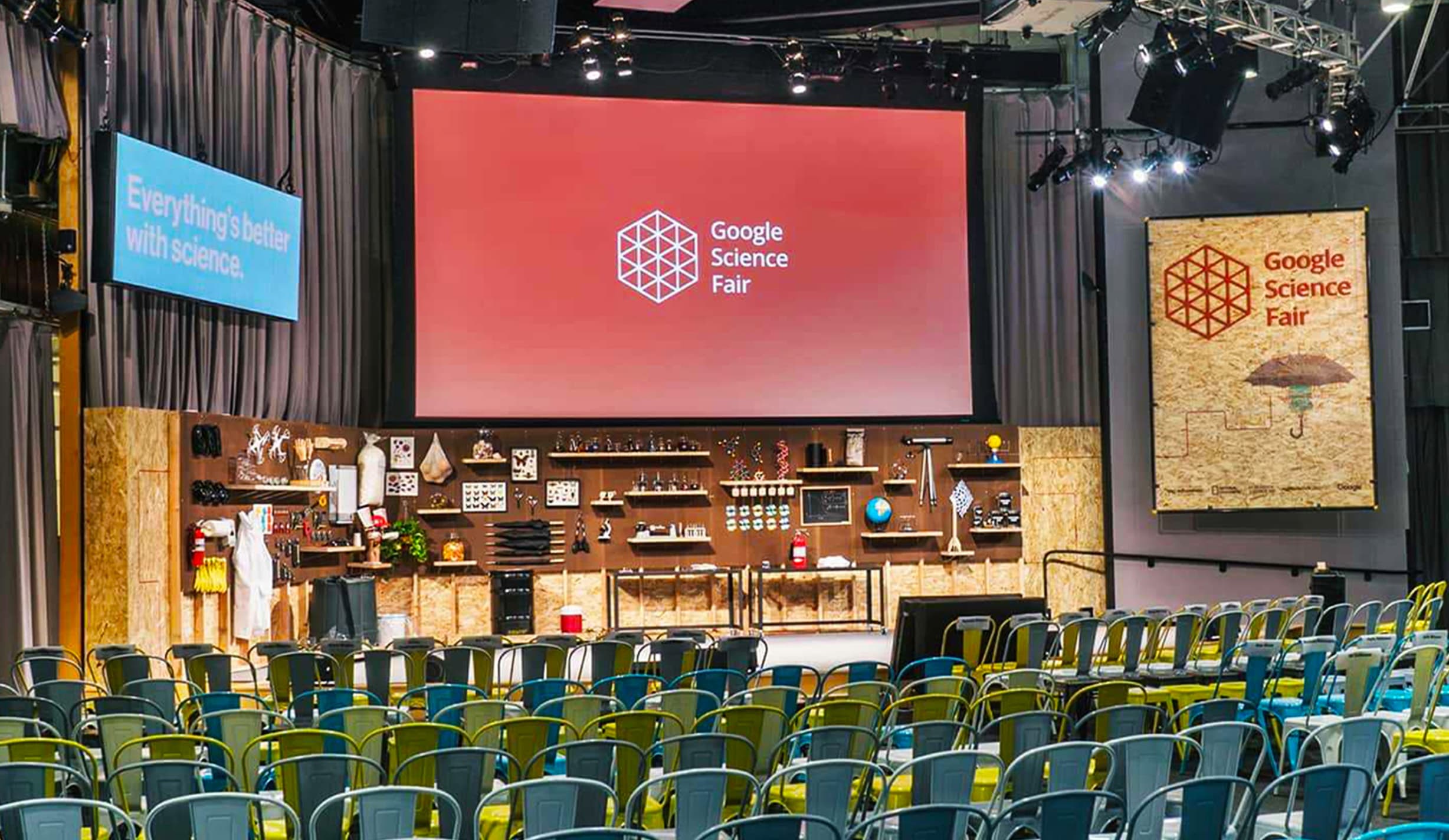Seven Steps to Finding the Right Event Technology


Many marketers and CEOs have been lured into making hasty technology investments for not-so-strategic reasons. There’s the “everyone else is doing it,” the “it’s so cool we have to have it,” and of course the, “it’s fun to play with.” Don’t squander your hard-earned marketing budgets by buying the shiny new toys without a solid strategy to back you up. Here are the seven critical steps to making a sound investment and finding the perfect event technology.
Set Your Goals
Know what you’re trying to achieve and be really clear about your program goals. Is it lead generation? A shift in brand sentiment? Publicity? And understand who your audience is, what your message is and what your budget is. You have to do that early in the process because you can go so many different directions with event technology. You need to know what the objective is first.
Define the Experience
What’s is the attendee experience and what’s the need? Is the experience quick? Is it something that’s convenient? Is it something that’s deep and enriching and a learning opportunity? Is it a surprising realization? Is it something that’s easy to share? Break down your customer or prospect’s journey moment by moment and clearly define the experience with all of its touch points.
Make the Connections
You’ve defined the live experience. Now, how do you connect that experience beyond the real world touch point? Is it active on the part of the attendee, through social networks, sharing or emailing? Or is it passive, like an instant communication from the brand after an RFID scan in your booth? How will you bring it out of that realm, whatever that touchpoint is?
Refine the Message
How can specific event technology help you bring your brand’s best assets to life? In the digital age, content still reigns supreme. Work with your best content creators, or hire outside expertise, to create meaningful messages and compelling stories that immerse attendees in your brand’s narrative. Just like an addictive video game or a Hollywood movie that keeps you on the edge of your seat, tech-based content should be dramatic, engaging, memorable and entertaining.
Empower the Audience
Be micro-focused on your attendees (who are they?), what you want them to do (what specific action?) and then provide them the tools to make it happen. Do you want attendees to be so wowed by your building projection that they post it on YouTube? Create a channel where they can easily upload it. Do you want them to share with their friends on Facebook how much fun they’re having at your event? Give them an incentive to post while inside your booth. Define exactly what you want that communication to be and then create the mechanism for them to do it.
Pick your Medium
Does the medium map back to the message? Is it large or small scale? Can attendees hold it in the palm of their hand on their own device, or do they need to visit your booth to touch it? The medium should act as the easiest and most likely conduit for communication.
Enable Communication
Brands are no longer in control of their message. Consumers today use the power of word of mouth, ratings, reviews and the occasional damning video, to shape public perception. It’s imperative, therefore, that your message be authentic. Ask, “What would they be more likely to pass along to their friends?” versus, “What’s the brand message I want them to pass along.” It’s about influencing people, but it’s also about people being able to influence each other through communicating whatever your authentic message is.


